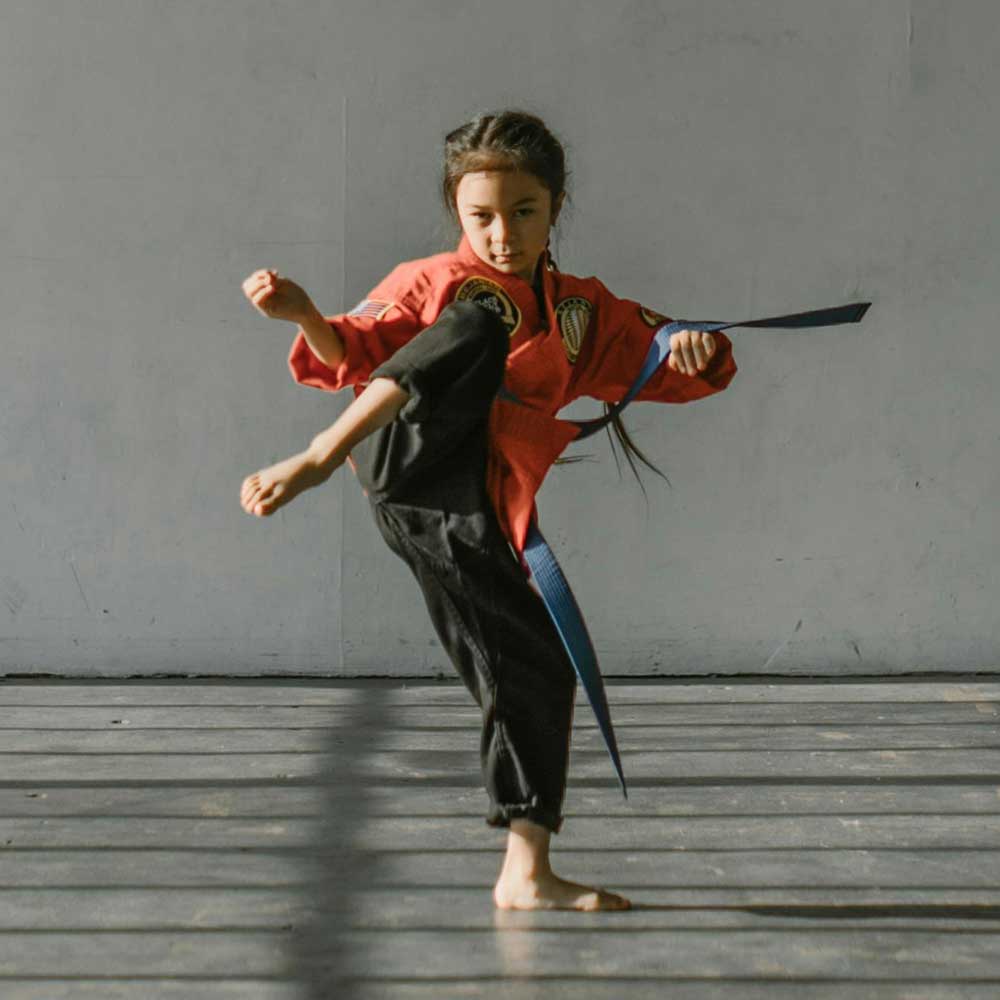
Martial Arts :The Evolution - A Global Perspective
From Survival to Mastery: The Birth and Evolution of Martial Arts
Martial arts have been woven into the fabric of human history, evolving from basic survival techniques into complex systems of combat, discipline, and philosophy. Their story is a journey spanning millennia and continents, reflecting the human spirit’s relentless pursuit of mastery over body, mind, and environment.
Ancient Origins: Survival Techniques Take Form
The earliest records of martial practices trace back thousands of years, revealing humanity’s innate need for self-protection and physical excellence.
- Ancient Egypt (c. 2000 BCE): Wall carvings and tomb paintings depict wrestling and stick-fighting, early signs of structured martial activity designed for both defense and sport.
- India’s Kalaripayattu (3rd century BCE): Known as one of the oldest surviving martial arts, this system blends strikes, kicks, grappling, and weaponry, alongside healing and spiritual practices, forming a holistic warrior tradition.
- China’s Shǒubó (over 4,000 years ago): Early Chinese martial arts emphasized not just physical skill but also spiritual balance, drawing from Taoist and Buddhist philosophies that integrated mind, body, and breath control.
- Ancient Greece’s Pankration (introduced in the 648 BCE Olympic Games): A brutal combination of boxing and wrestling, Pankration tested athletes’ physical and mental endurance, embodying the warrior ethos of discipline and resilience.
Cultural Integration and Martial Innovation
Martial arts have never been static. As they spread, they absorbed local customs and adapted to social and political circumstances.
- Okinawan Karate: Developed as a response to weapon bans by foreign rulers, Karate emphasized empty-hand techniques, focusing on precision strikes and defensive tactics.
- European Swordsmanship: Medieval knights codified martial skills bound by chivalric codes. Renaissance fencing schools preserved and refined these methods, evolving into modern Olympic fencing.
Each culture’s martial arts reflect their unique values and necessities while contributing to the global mosaic of combat knowledge.
The Modern Era: Martial Arts Go Global
The 19th and 20th centuries marked a transformative era for martial arts:
- Japanese Martial Arts in the West: Judo, Karate, and Aikido arrived in Europe and America, igniting new interest in disciplined physical and spiritual training.
- Hollywood’s Role: Stars like Bruce Lee revolutionized martial arts’ image worldwide. Lee’s Jeet Kune Do philosophy championed adaptability, efficiency, and personal expression, inspiring generations to transcend traditional boundaries.
- The Rise of MMA: By combining techniques from Brazilian Jiu-Jitsu, Muay Thai, Wrestling, and Boxing, Mixed Martial Arts redefined competitive fighting. Organizations like the UFC propelled it into the mainstream, showcasing a new paradigm of combat sport.
Martial Arts Today: Fitness, Wellness, and Technology
Martial arts now encompass much more than fighting—they are a lifestyle and wellness path.
- Holistic Practices: Systems such as Yoga, Pilates, and Tai Chi offer physical conditioning, stress relief, and mental clarity, blending ancient wisdom with modern health sciences.
- Digital Revolution: Online classes, tutorials, and virtual reality training bring martial arts into homes worldwide. VR tools provide immersive environments for realistic scenario-based practice, expanding access like never before.
Frequently Asked Questions (FAQs)
Q1: How did ancient martial arts influence modern combat sports?
A: Many modern arts like Brazilian Jiu-Jitsu, Karate, and MMA derive techniques and philosophies from ancient systems such as Japanese Jujutsu, Okinawan Karate, and Greek Pankration, evolving them for today’s competitive and practical needs.
Q2: What role did philosophy play in traditional martial arts?
A: Martial arts often integrate ethical teachings, mental discipline, and spiritual growth, emphasizing harmony, respect, and self-control beyond physical combat.
Q3: How has technology impacted martial arts training?
A: Innovations like online streaming, virtual reality, and interactive apps have democratized access to expert instruction, allowing practitioners globally to learn and refine skills remotely.
Q4: What distinguishes Mixed Martial Arts (MMA) from traditional martial arts?
A: MMA combines techniques from various disciplines into one competitive sport with fewer restrictions, emphasizing versatility and adaptability in combat.
Q5: Can martial arts improve overall health and wellbeing?
A: Absolutely. Beyond fighting skills, martial arts enhance cardiovascular health, flexibility, mental focus, stress management, and discipline.
About Paragon Elite Fight: Tradition Meets Innovation
The Paragon Elite Fight Group’s Research and Development Team is a global collective of martial artists, sports scientists, combat historians, and performance strategists. We are dedicated to connecting the ancient legacies of combat, like Greek Pankration, with cutting-edge training and equipment technology.
Rooted in the heritage of Hellas and driven by relentless passion, our mission is to empower fighters who seek more than victory—they seek mastery. We blend tradition with innovation, creating premium gear and insightful content for warriors committed to evolving their craft every day.
Explore More
Discover a world of martial arts knowledge, training resources, and elite gear at www.paragonelitefight.com. Whether you compete, teach, or train for life, join us in the pursuit of excellence and authenticity.
For inquiries or collaborations, contact us at [email protected].
